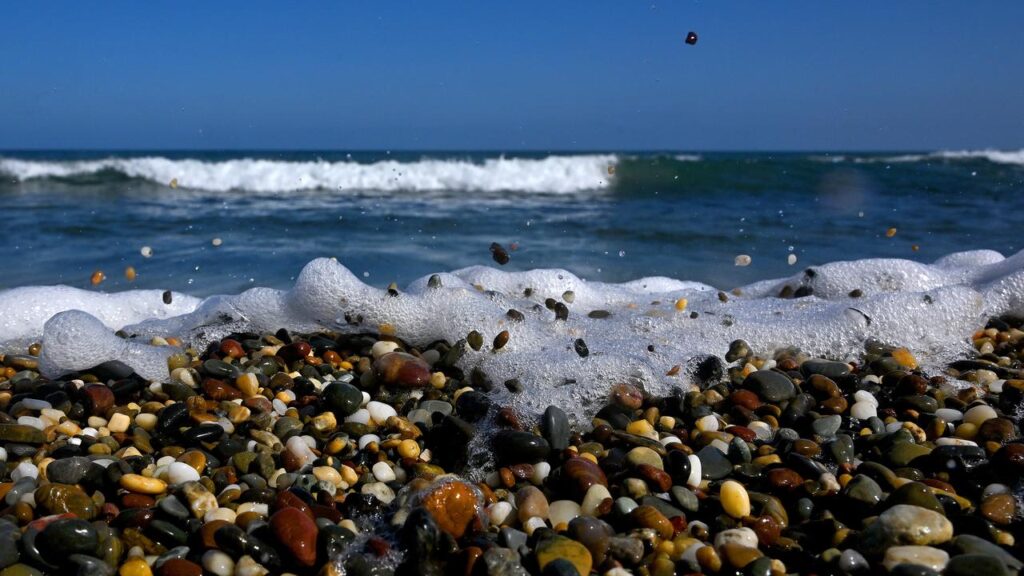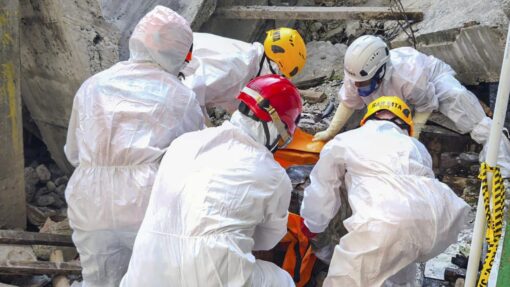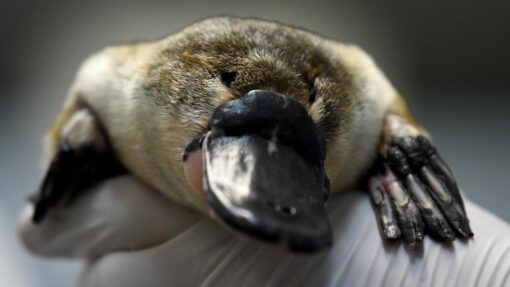David Attenborough’s Ocean a wake-up call from the sea
Annika Hammerschlag |

An ominous chain unspools through the water. Then comes chaos.
A churning cloud of mud erupts as a net ploughs the sea floor, wrenching rays, fish and a squid from their home in a violent swirl of destruction.
This is industrial bottom trawling. It’s not CGI. It’s real. And it’s legal.

Ocean With David Attenborough is a brutal reminder of how little we see and how much is at stake.
The film is a sweeping celebration of marine life and a stark expose of the forces pushing the ocean toward collapse.
The British naturalist and broadcaster, now 99, anchors the film with a deeply personal reflection: “After living for nearly 100 years on this planet, I now understand that the most important place on earth is not on land, but at sea.”
The film traces Attenborough’s lifetime – an era of unprecedented ocean discovery – through the lush beauty of coral reefs, kelp forests and deep-sea wanderers, captured in breathtaking, revelatory ways.
But this is not the Attenborough film we grew up with. As the environment unravels, so too has the tone of his storytelling.
Ocean is more urgent, more unflinching. Never-before-seen footage of mass coral bleaching, dwindling fish stocks and industrial-scale exploitation reveals just how vulnerable the sea has become.
The film’s power lies not only in what it shows, but in how rarely such destruction is witnessed.
“I think we’ve got to the point where we’ve changed so much of the natural world that it’s almost remiss if you don’t show it,” co-director Colin Butfield said.

“Nobody’s ever professionally filmed bottom trawling before. And yet it’s happening practically everywhere.”
The practice is not only legal, he adds, but often subsidised.
“For too long, everything in the ocean has been invisible,” Butfield said.
“Most people picture fishing as small boats heading out from a local harbour. They’re not picturing factories at sea scraping the seabed.”
In one harrowing scene, mounds of unwanted catch are dumped back into the sea already dead.
About nine million tonnes of marine life are caught and discarded each year as bycatch. In some bottom trawl fisheries, discards make up more than half the haul.
Still, Ocean is no eulogy. Its final act offers a stirring glimpse of what recovery can look like: kelp forests rebounding under protection, vast marine reserves teeming with life and the world’s largest albatross colony thriving in Hawaii’s Papahanaumokuakea Marine National Monument.

These aren’t fantasies – they’re evidence of what the ocean can become again, if given the chance.
Timed to World Oceans Day and the United Nations Ocean Conference in Nice, the film arrives amid a growing global push to protect 30 per cent of the ocean by 2030 – a goal endorsed by more than 190 countries.
But today, just 2.7 per cent of the ocean is effectively protected from harmful industrial activity.
The film’s message is clear: The laws of today are failing the seas. So-called “protected” areas often aren’t. And banning destructive practices such as bottom trawling is not just feasible – it’s imperative.
As always, Attenborough is a voice of moral clarity.
“This could be the moment of change,” he says.
Ocean gives us the reason to believe – and the evidence to demand – that it must be.
Ocean screens on National Geographic in the US and streams globally on Disney+ and Hulu from Sunday.
AP


